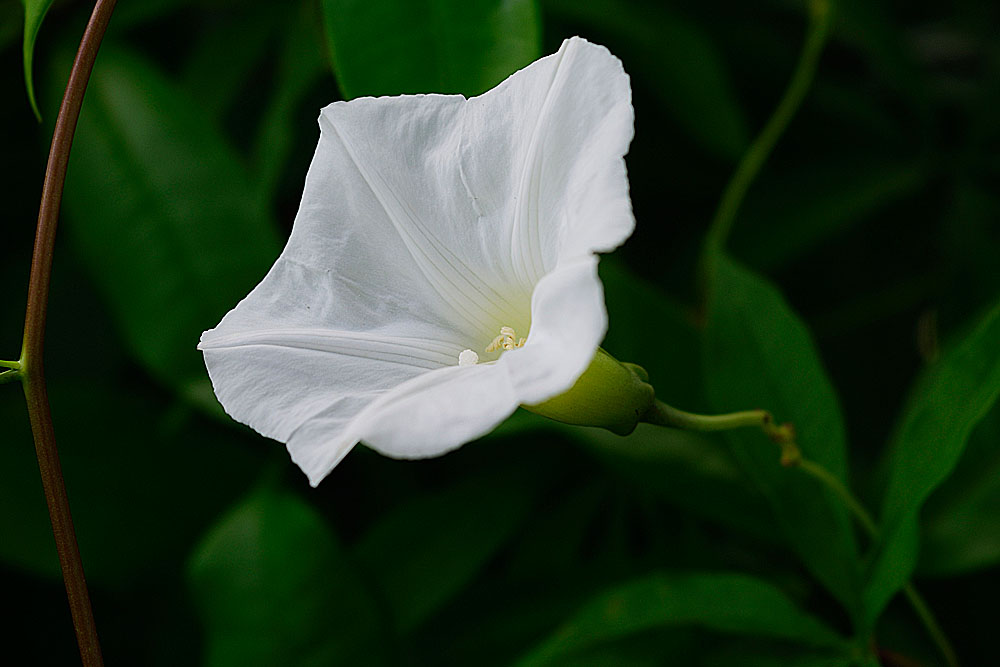For all the talk of invasive plants, it seems little explanation is given for how and why they got their bad rap. While most people know these species are non-natives that are characterized by rapid growth, fewer may know the extent to which they negatively affect the landscape.
According to the U.S. Forest Service, invasive plant species have contributed to the decline of 42 percent of U.S. endangered and threatened species and are directly responsible for the decline of 18 percent of these species. In fact, Invasive plants have been identified by the Forest Service as one of four critical threats to our nation’s forests and grasslands.
Their vast and perverse impact on the landscape is due to several factors: Not only do these plants produce large quantities of seed, but some also have dense, aggressive root systems that spread long distances, smothering other vegetation in the process. Furthermore, some invasives are known to produce chemicals which inhibit the growth of surrounding plants.
The overabundance of invasives can lead to a decrease in overall plant diversity, diminished water quality, increased soil erosion and degraded wildlife habitat.
But, contrary to myth, not all non-native species are invasive. Invasive plants are those that are both non-native and “whose introduction causes or is likely to cause economic or environmental harm or harm to human health,” according to the U.S. Department of Agriculture.
It’s no secret then that these plants pose a threat to native species — which may be more vulnerable to disruption and habitat changes — as they tend to thrive in disturbed soil and compete directly with natives for water, nutrients, sunlight and space. The overabundance of invasives can lead to a decrease in overall plant diversity, diminished water quality, increased soil erosion and degraded wildlife habitat.
Now that we’ve cleared up the origins of invasives’ infamy, it’s time to get down to getting rid of them. Easy, right? Yet identifying these problematic plants can, at times, be deceivingly difficult.
Many invasive species have become so common over the years — with a wide variety sold at garden centers and planted regularly in residential and commercial landscapes — that they easily elude the average person. Another issue with identifying these plants is mistaken identity, as some invasives have a native twin.
Here is a list of a few of these sneaky species and tips for differentiating them from their native look-alikes:
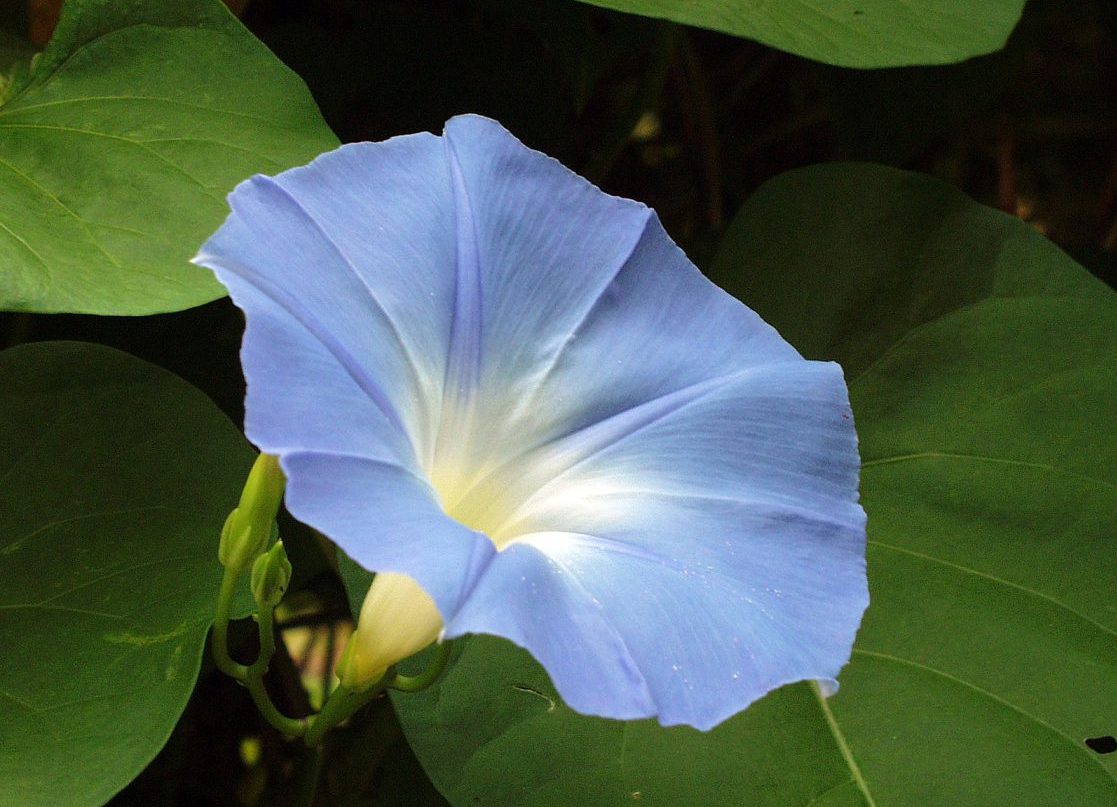
Hedge Bindweed or Morning Glory?
Who doesn’t love morning glories, with their white, pint, purple-blue or magenta petals and how they signal the transitioning of the day, with petals that open in the morning and close in the afternoon? But these annual climbers are easy to mistake for their perennial cousin, hedge bindweed, an invasive, aggressive, viney plant with similarly shaped and colored flowers.
Also called “creeping jenny,” hedge bindweed has deep roots that make it very difficult to get rid of and allow it to overwinter where morning glories can not. Discerning between the two plants can be done by looking at their leaves, flowers and vines.
According to The Old Farmer’s Almanac, Bindweed leaves are usually smaller than those of morning glories — less than 2 inches versus 2 inches or more — and are shaped like an arrowhead as opposed to morning glory leaves, which resemble a heart. Morning glory flowers are larger and come in a range of colors, whereas hedge bindweed flowers are only pink or white and are much smaller than those of their native cousin. Additionally, the morning glory’s vine is often thicker than that of bindweed and may have small hairs.
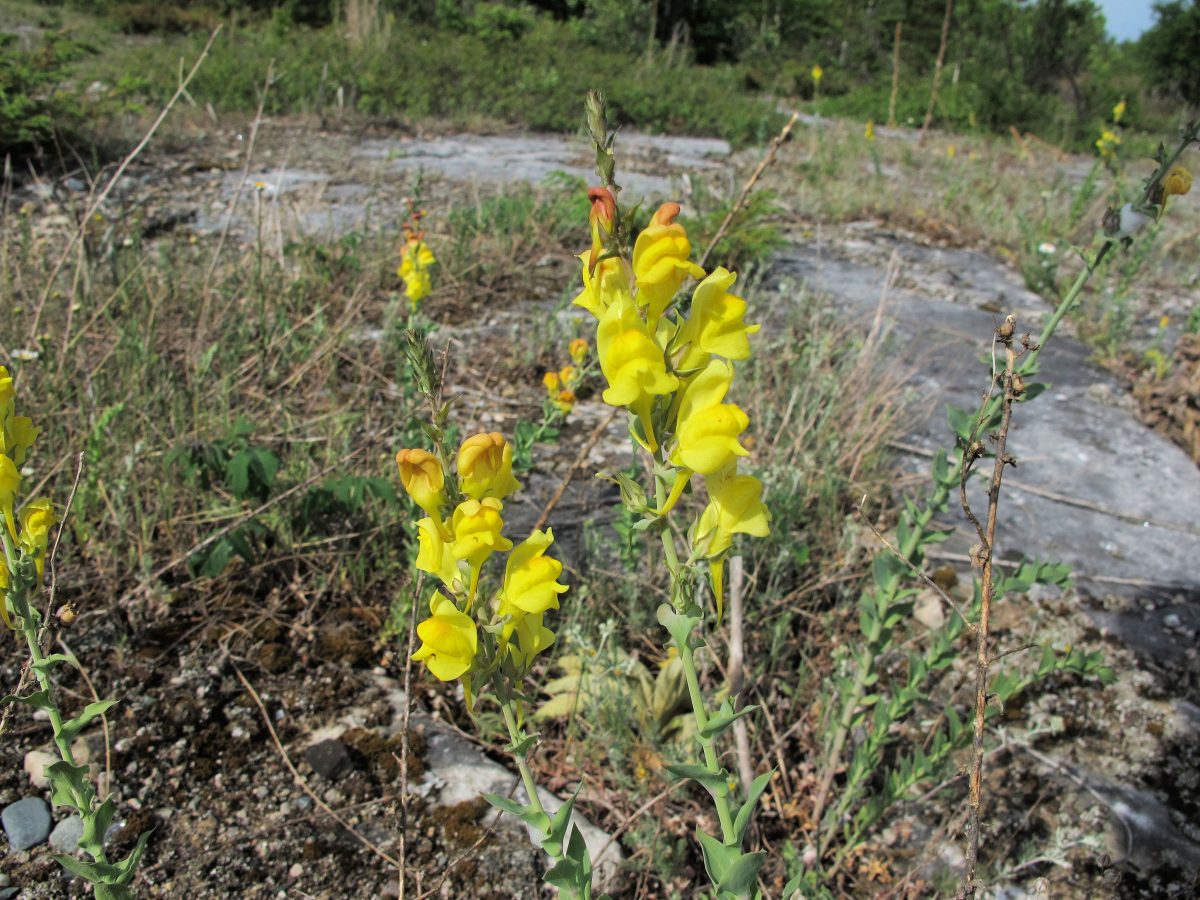
Snapdragon or Dalmatian Toadflax?
So named for their flower’s resemblance to the face of a dragon, snapdragons are easily confused for their invasive peer dalmatian toadflax, which is native to the Mediterranean region of Europe. Although it is often referred to as wild snapdragon, dalmatian toadflax is not native to the U.S. and outcompetes native snapdragon for water and nutrients with its deep root system.
According to Northern Arizona Invasive Plants, this aggressive perennial’s horizontal creeping rhizomes have “regenerative buds that allow it to spread easily in disturbed areas and along roadsides and trails,” and its deep-spreading roots are difficult to completely remove. Making matters worse, each plant is capable of producing up to 500,000 seeds per year, which can remain viable in the soil for up to 10 years.
Dalmatian toadflax is common east of the Cascade Mountains as well as in the rangeland of the West and can be difficult to identify.
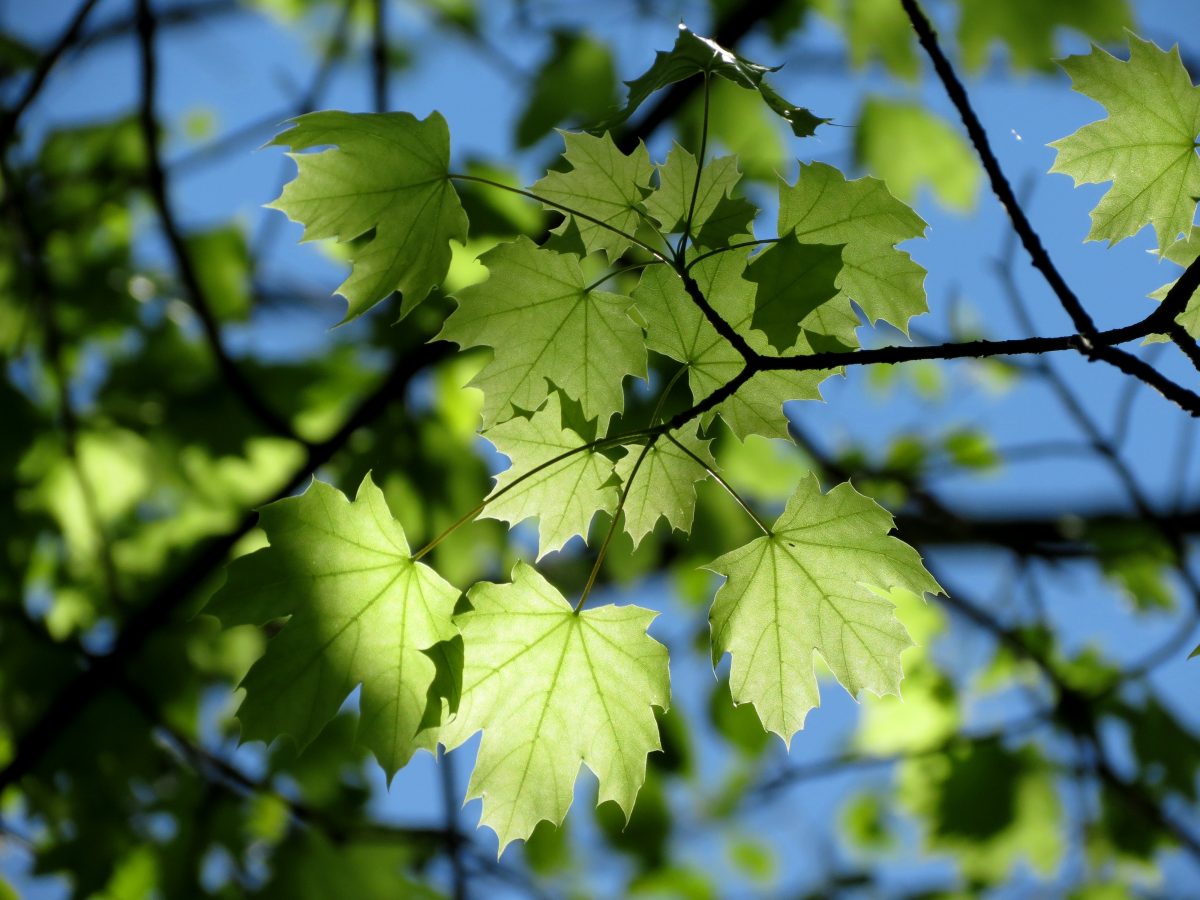
Sugar Maple or Norway Maple?
Planted extensively along city streets and in suburban yards beginning in the mid-1900s, the Norway maple is very similar to the sugar maple in many respects; however, it is an invasive tree native to Eurasia. Because the Norway maple is tolerant of a wide range of soil and light conditions, its seedlings can persist in nearly any area, including the interior of forests. This is coupled with the fact that mature trees cast deep shade that reduces the availability of light for native maples and other forest plants.
Discerning between the Norway maple and its most common maple cousin, the sugar maple, can be done by looking at the bark, leaves and flowers, according to Mistaken Identity: Invasive Plants and their Native Look-Alikes. The bark of the sugar maple is gray and slightly plated, while that of its invasive twin is gray-brown with shallow grooves. The leaves of the Norway maple are larger and wider than those of the sugar maple and have five to seven lobes as opposed to three to five. The flowering clusters of this non-native are erect, while those of the sugar maple are droopy.
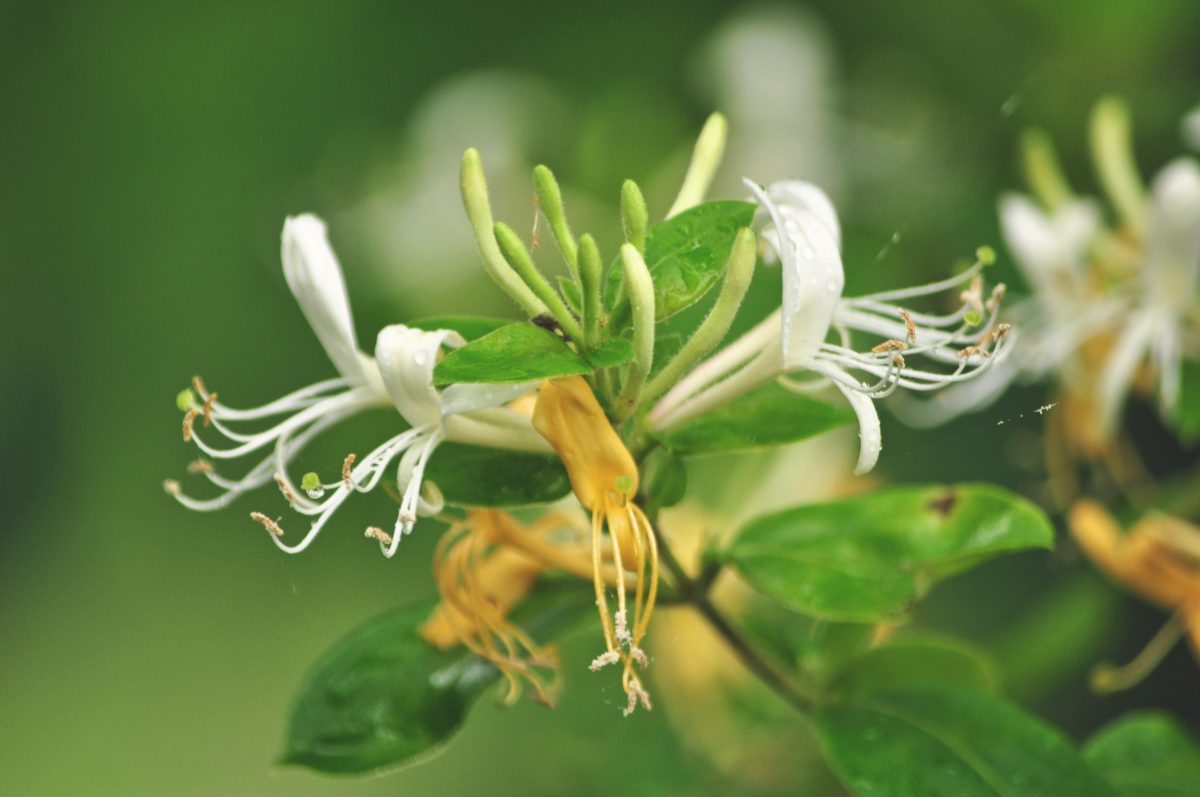
Native Honeysuckle or Japanese Honeysuckle?
Brought from East Asia to the U.S. in the early 1800s, Japanese honeysuckle is now found throughout the eastern half of the United States, an area encompassing 26 states. Its vines form dense mats that can climb up and over brush, debris and trees, damaging forests and inhibiting their regeneration as well as outcompeting native vegetation for light, water and nutrients. While these tangled vines provide cover for wildlife and a food source for some bird species, the reduction of biodiversity in invaded areas outweighs any benefits the plant provides.
Japanese honeysuckle can be differentiated from native honeysuckle by examining its leaves, stems and flowers. The leaves of the invasive plant are “entire to sometimes lobed” whereas those of the native species are “always entire,” according to Mistaken Identity: Invasive Plants and their Native Look-Alikes. The young stems of Japanese honeysuckle have fine hairs, while those of its native cousin are hairless. Furthermore, the flowers of the invasive species are white, turning slightly yellow. The flowers of natives like trumpet honeysuckle or twining honeysuckle range from reddish-pink or yellow to purplish.

